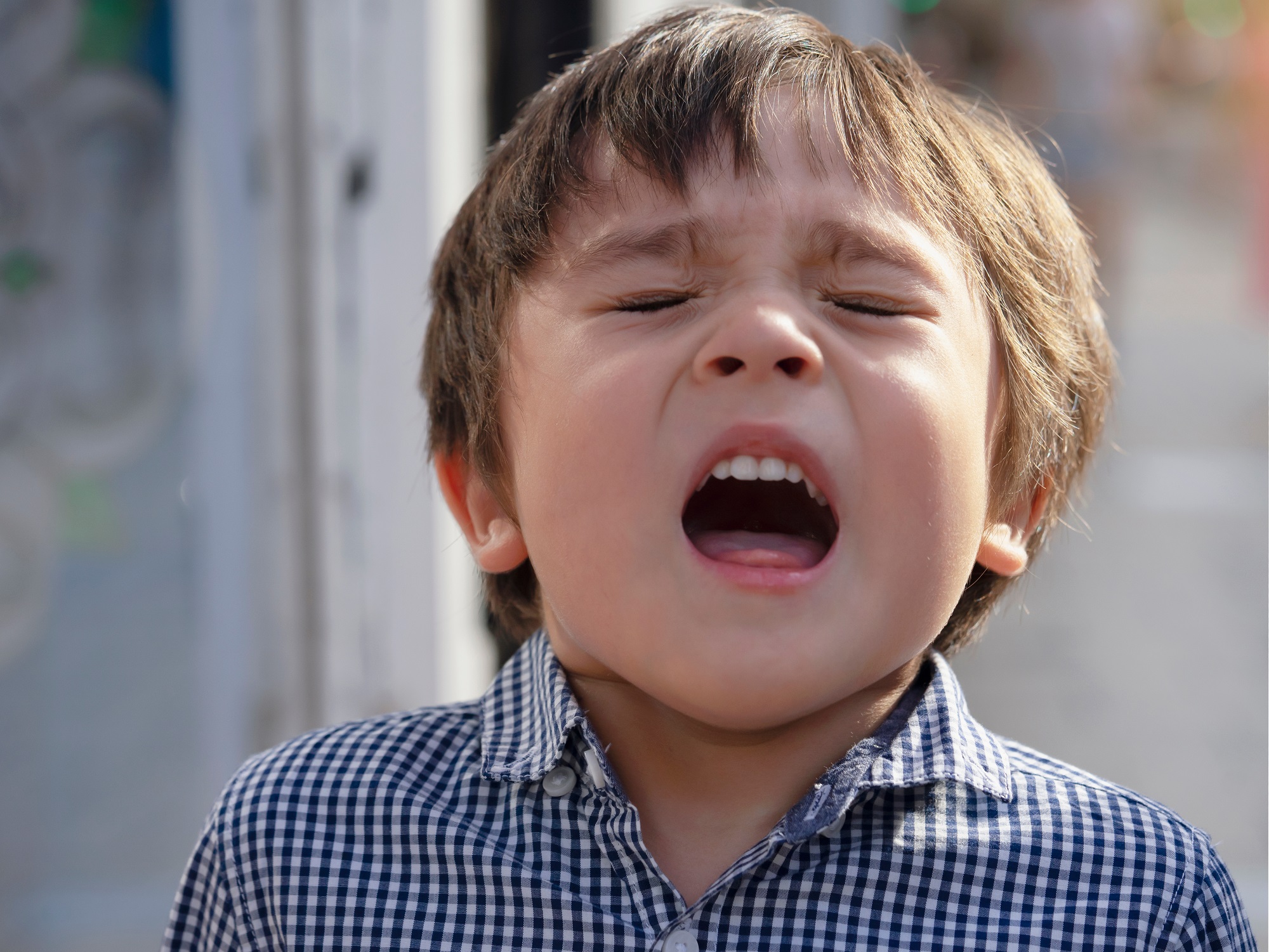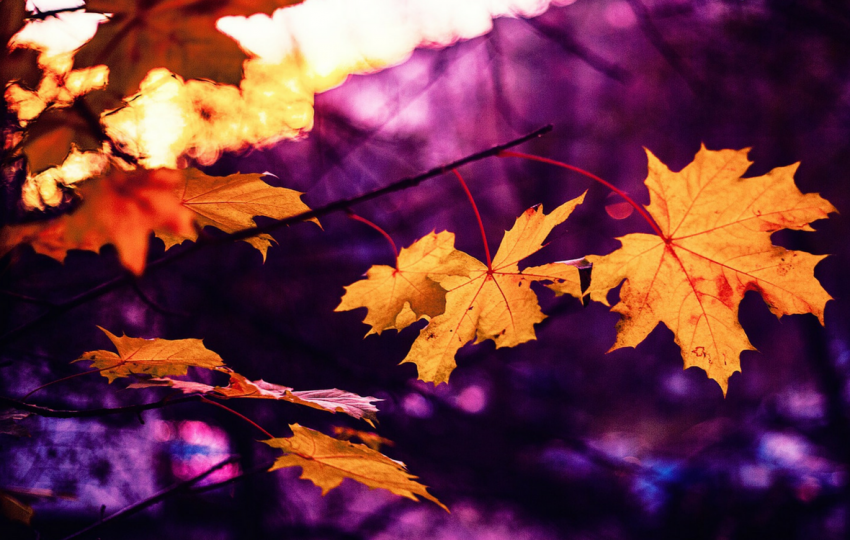Spring is a beautiful time of year, but with the blooming flowers and sunnier days comes hayfever season. There are approximately 4.5 million Australians who suffer from rhinitis, which causes runny nose, sneezing and itchy or watery eyes, as well as issues with breathing if your child happens to asthmatic.
The last thing we want is for our children to suffer through any asthma or allergy flares, and there are some steps you can put into place to prepare for the season ahead and ensure your child is okay.
Be wary of the types of pollen in spring:
-
Grass pollen
Highest in late spring and summer, grass pollen is one to watch out for especially as we move our playdates from indoors to outdoors. It can easily be brought in by the wind, people and pets which won’t alleviate their symptoms. Rather, keep grass cut as short as possible, and encourage your children to shower and change clothes when they come inside.
-
Tree pollen
From late winter to early spring, tree pollen is rampant. This light and dry pollen can be carried by wind for kilometres and can be difficult to avoid, especially as children are eager to get outside to the park to play. Remember that there is more than one type of tree pollen that your child could react to, so it’s best to keep a pack of antihistamines on you and other medications (asthma pump) ready.
-
Weed pollen
Weeds are more than just an aesthetic nuisance, particularly in the late summer and into autumn. While they grow like crazy in an attempt to overtake your yard, they also produce huge amounts of pollen every day that can cause a flare up in your children. Try and keep your yard clean and weed-free, and keep an eye on your kids when they play in areas with overgrown gardens.
These tips are great for tackling the outdoors, and when you couple them with some easy at-home strategies, it should make managing your child’s hayfever much easier.
- Vacuum, sweep and dust regularly to be rid of any dust, pet hair or lingering pollen brought in by the
- Dehumidifiers and air purifiers are excellent devices to keep the air in your home clean, as well as reduce the likelihood of mould. They can also ease breathing problems by placing them in your child’s
- When mowing the grass, wear a mask and keep the doors and windows to your home Ensure your children stay inside and attempt to remove any clothing that has been covered in grass clippings before going inside.
Lastly, educating your child and those around them is extremely important in reducing the likelihood of hayfever flares. Talk to your child’s teachers and friends’ parents so they are aware of any allergy problems and are able to help keep symptoms under control.







